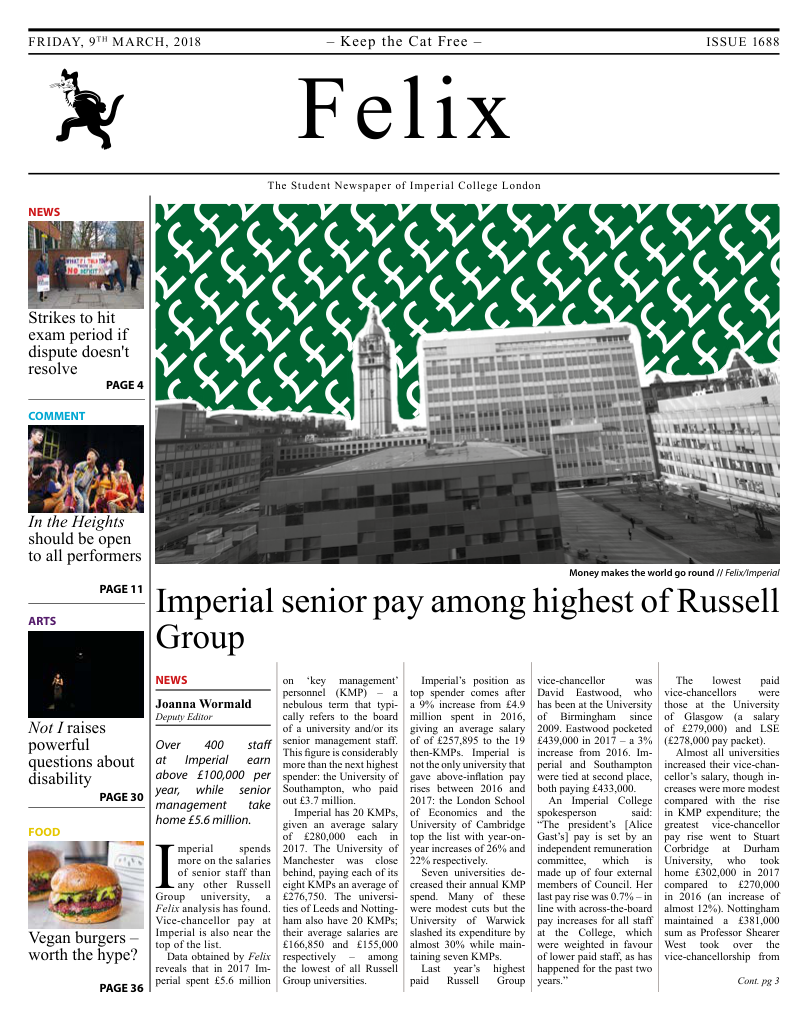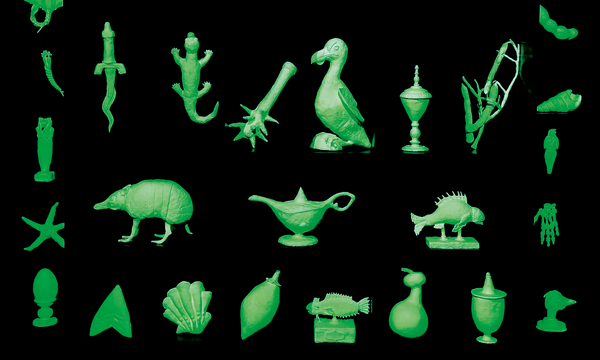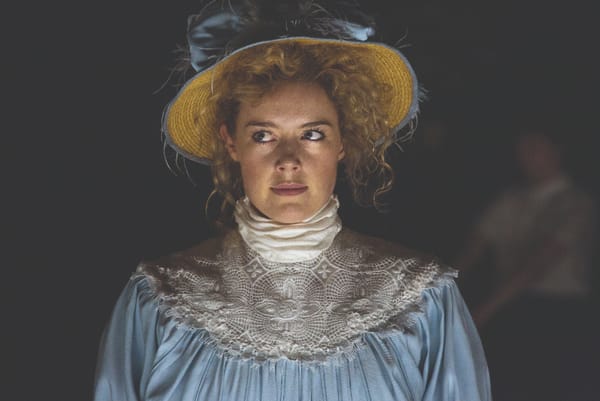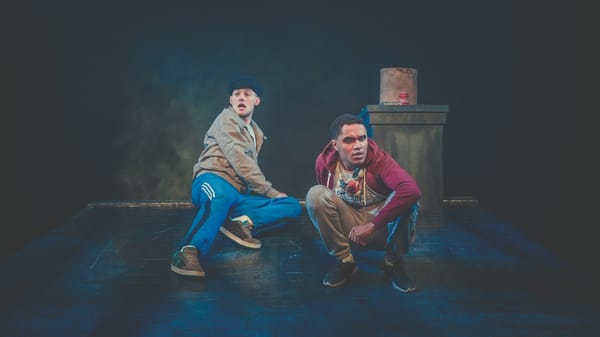In the eye of the beholder: the male gaze in visual art
An exploration of contemporary women artists resisting and subverting the status quo

The term ‘male gaze’ was coined by Laura Mulvey in 1999 in the context of cinema, in an essay in which she described the role of women in film as “to be simultaneously looked at and displayed”: the result of a heteronormative, patriarchal society in which women are expected to take a passive role. The concept of the male gaze was quickly adopted into the cultural lexicon because Mulvey’s observations transcend the movies – in all forms of media the (cis, straight, white) male experience held up as the norm, it is the men who have agency, women are the objects of consumption.
The pincer grip of the male gaze on the art world is exposed pithily by the Guerilla Girls, an anonymous all-female collective, in their 1989 pop-art inspired poster Do Women Have To Be Naked to Get Into the Met Museum which reveals that “less than 5% of artists in the Modern Art section (of the Metropolitan Museum of Modern Art in New York) are women, but 85% of the nudes are female”.
The disparity between who is object and who is the subject matters because at its heart, the male gaze is primarily about power. In the arts, where the currency is selling a narrative or having a voice, it boils down to who gets to tell the story and in what way, and who must remain a silent character in the story told about them. In a climate where the male gaze predominates, women artists who speak out candidly, not just about wider social issues but their own lives are staging minute revolutions.
Openness, transgression, and intimacy are at the centre of Tracey Emin’s on-going neon series. Since the 1990s she has created work in which tubes of neon lighting are bent into a simulacrum of her handwriting to spell out phrases of love, loss, and rage. Though the medium has been in use for decades, Emin’s work is memorable because of the sense of personal disclosure her words seem unfiltered: I know, I know, I know, one piece admonishes, the writing getting bigger with each repetition, the central phrase angrily scratched out. In day-glo brights Emin makes sentences, which seem as though they could be lifted straight from a diary, intensely public. Made famous by the Turner-shortlisted My Bed, she is no stranger to blurring the lines between public and private – some of Emin’s best work has tossed aside female silence – in All the People I’ve Ever Slept With, she used the traditionally female craft of quilting to create a cocoon-like tent on which the names of her lovers, friends and family are embroidered. Despite the confessional nature of Emin’s work, we are never in doubt who holds the power, rather than being exposed, Emin puts herself on display.
The difference between unflinchingly open and voyeuristic work is evident in Jenny Saville’s nudes. In her series Closed Contact Saville uses thick oils and heavy brushstrokes to depict her naked body pressed tightly against clear glass, in extreme close up and at a vast scale, fat and muscle slide and squash together to create unexpected shapes. Saville transforms her body into a landscape: the distorted swell of her abdomen and breasts, the curl of her fingers, the ridges of her knuckles become a topography of fleshy tones. These canvases zing with energy, they are sometimes beautiful, often grotesque, always compelling. Paintings by other figurative artists such as Lucian Freud who also make nudes their focus are rendered staid in comparison.
In the age of social media platforms that demand divulsion, and in a climate where happily body positivity is becoming a little more widespread, Saville and Emin’s art is more relevant than ever. However, it is still depressingly difficult for women artists to shares their voices and stories: when in 2012, the Guerilla Girls updated their statistics, 4% of the artists in the Modern Art section of the Met. were women, but 74% of the nudes were female.
The internet has provided artists the opportunity to circumvent old institutions altogether. Funded by feminist production company The Front, filmmaking sister duo Remy and Kelsey Bennett have made it their mission to cast the spotlight on female artists through the documentary series Under Her Skin (available online). In a series of short episodes they follow the journey of contemporary artists looking to break out: from 17 year old Pantetha Abareshi who, like Frida Kahlo did, paints to communicate and transform her chronic pain, to Jane Rule Burdine, who at seventy-one is still active as a street photographer.
In offering the perspectives of many different women what Under Her Skin promotes is crucial in the campaign for better representation: the imperative to honour individual, nuanced experiences, filtered not only through the lens of womanhood, but a prism of intersecting identities: those of class, culture, race, sexuality and age. Doing so will not only give a voice to those silenced for so long but create a richer treasure trove of art we can all enjoy.









